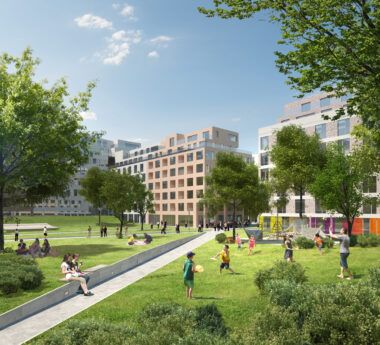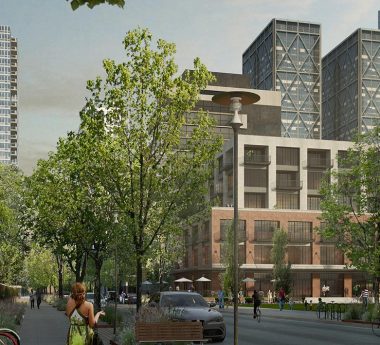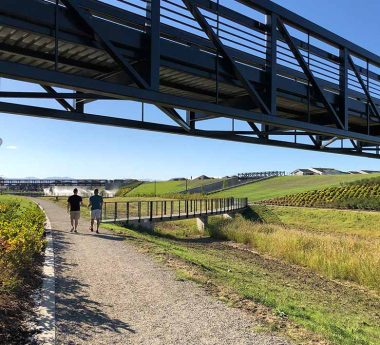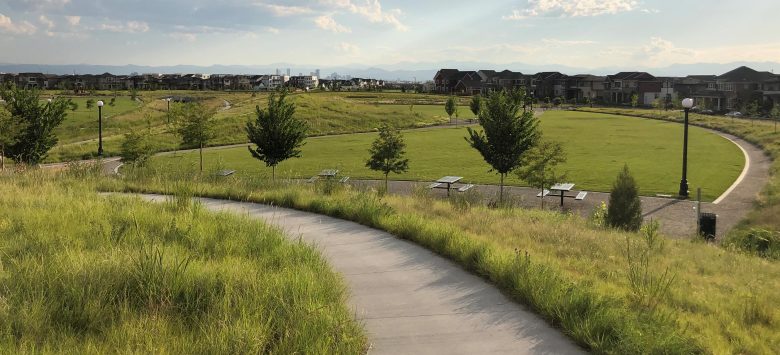
When we launched Civitas in 1984 with a mission “to engage people with nature, in cities,” I never anticipated how vital that purpose would become. Today, cities face complicated challenges: economic disparity, housing crises, aging infrastructure, and environmental degradation. But amidst these pressures lies one of the greatest opportunities for regeneration and economic development: brownfields.
Uncovering Brownfields
The term “brownfield” may conjure images of polluted, abandoned industrial sites, and in many cases, that’s accurate. But brownfields are more than just dirty remnants of our industrial past. They’re often vast, underutilized landscapes that have lost their original purpose. These forgotten zones can include railyards, ports, mills, or even entire airport sites—places once central to urban growth.
Understanding how brownfields came to be means looking at the legacy of industrial-era cities. Railroads followed rivers. Industry followed water and power sources. Worker housing followed the jobs. But as technology evolved, so did our cities. Electricity, automobiles, and globalization dispersed industries and people. The tightly knit urban fabric was unraveled, leaving behind swaths of underused or polluted land—brownfields.
Overcoming Barriers
Brownfields are rarely simple cleanup projects. They often sit within transportation corridors, cut off from surrounding communities, and lack infrastructure that can support the housing, businesses, and public spaces needed to bring them back to life.
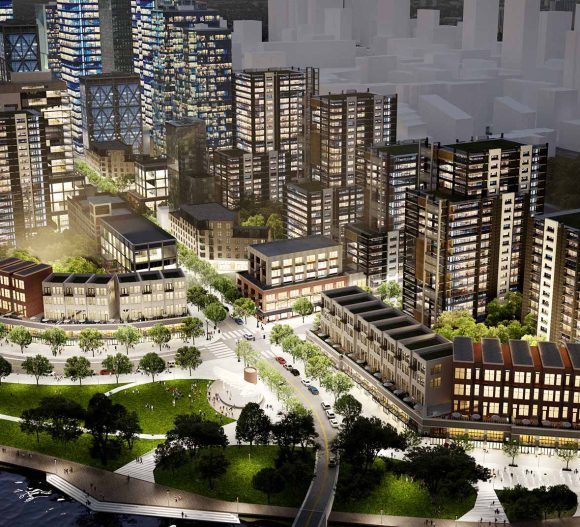
There are social and political barriers, too. Communities near these sites often carry the legacy of industrial harm—pollution, job loss, disinvestment, and sometimes outright neglect. Rebuilding trust and securing collaboration from these communities is essential, and that starts with leadership that listens.
To be successful, brownfield redevelopment takes more than a plan. It requires alignment of multiple environmental, economic, political, and social forces. It takes vision. It takes regulation that supports change. It takes willing public and private partners. And most of all, it takes strong, creative leadership.
Building Bridges
At Civitas, we believe urban designers are uniquely positioned to guide brownfield regeneration. While planners handle critical zoning and policy issues, and engineers tackle important infrastructure, urban designers think across disciplines. We use design not just as a tool for aesthetics, but as a means to translate vision into action.
Urban design is about uncovering and activating the hidden potential of a place. It’s about aligning the interests of stakeholders, revealing overlooked assets, and crafting solutions that work both above and below ground, from stormwater systems and transit connections to vibrant public spaces.
Our work over the past 40 years has taught us that no two brownfields are alike. But the path to successful regeneration always shares key ingredients: bold leadership, honest dialogue, deep analysis, and a commitment to long-term collaboration. Here are a few examples:
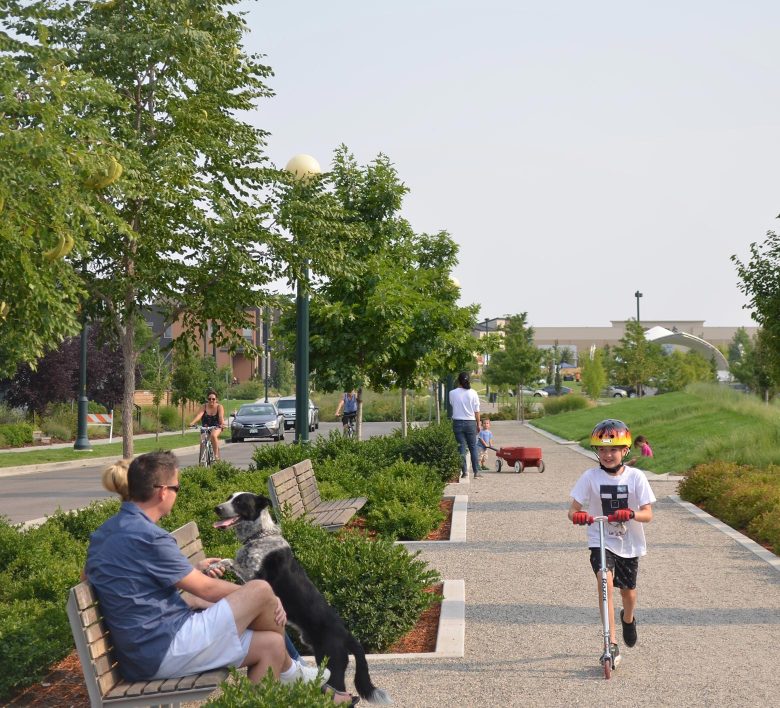
Stapleton International Airport, Denver
In 1988, when Denver chose to close its international airport, the city was left with a massive 2,000-hectare brownfield. To consider the future of this impactful property, Civitas led a decade-long process involving more than 100 community meetings and deep collaboration with public agencies.
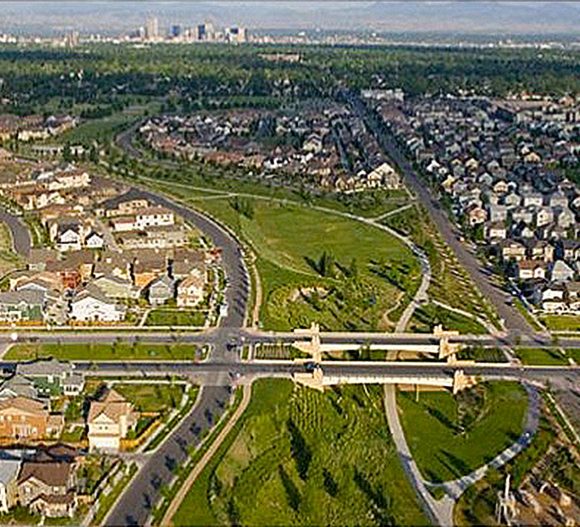
The question we kept returning to was simple but powerful: What’s the most beneficial new use for this land to support Denver’s future?
The answer came through dialogue and smart design. The final master plan focused on water-smart infrastructure, walkable urbanism, and mixed-income neighborhoods. Today, the Stapleton community—now named Central Park—is home to over 50,000 residents and has become a model of equitable, sustainable development.
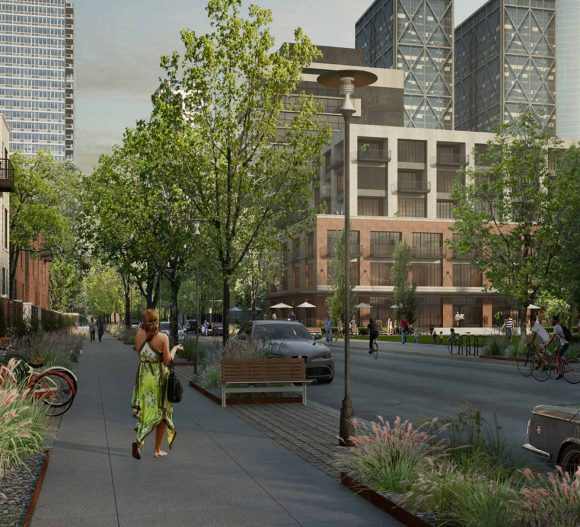
Rivers District, Calgary
Calgary’s Rivers District is where the city began. It includes everything from old rail yards to the world-famous Calgary Stampede grounds. But it also carried a legacy of flooding, economic decline, and fragmented ownership.
Civitas worked with city leaders and major stakeholders—including sports teams, cultural institutions, and private developers—to shape a unifying vision. Through deep stakeholder engagement and urban design leadership, the plan aligned infrastructure, cultural revitalization, and private development. Today, new roads, upgraded transit, and the expansion of the BMO Convention Centre are breathing new life into this once-isolated district.
North Embarcadero, San Diego
San Diego’s waterfront was once a bustling hub of ships, trucks, and trade, but it was completely cut off from the public. Civitas was brought in to transform the North Embarcadero into a “working waterfront that welcomes people.”
This was no small task. We faced contamination, legal battles, and complex security needs due to military and cruise operations. But by deeply studying the operations and engaging all stakeholders, we helped design a shared vision that resulted in a 33-meter-wide pedestrian promenade, underground stormwater treatment, and the integration of both people and port activities.
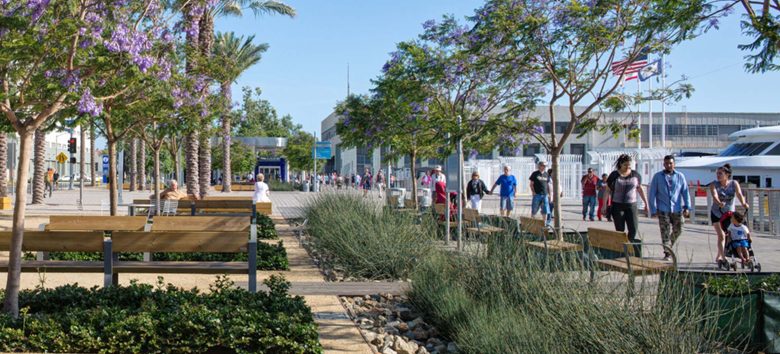
Today, it’s a vibrant destination that has catalyzed further economic development from hotels and office buildings to new parks and attractions.
Aligning Vision
Brownfields offer extraordinary opportunities to revitalize cities and economies, but success isn’t automatic. It requires an honest understanding of a site’s physical and cultural context, a willingness to work across silos, and above all, a commitment to long-term vision.
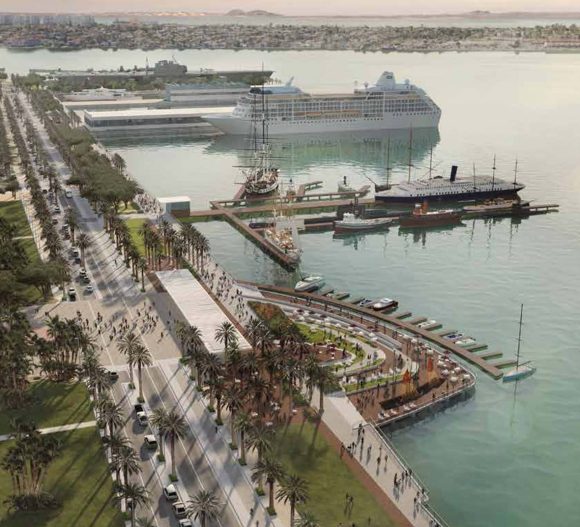
At Civitas, we’ve learned that these projects work, not because we had the best design on paper, but because we helped bring people together around a shared vision.
If cities are to meet the challenges of the 21st century, brownfields must be seen not as liabilities, but as launchpads. With the right leadership, regulations, partnerships, and design, these forgotten places can become the very heart of a better urban future.
